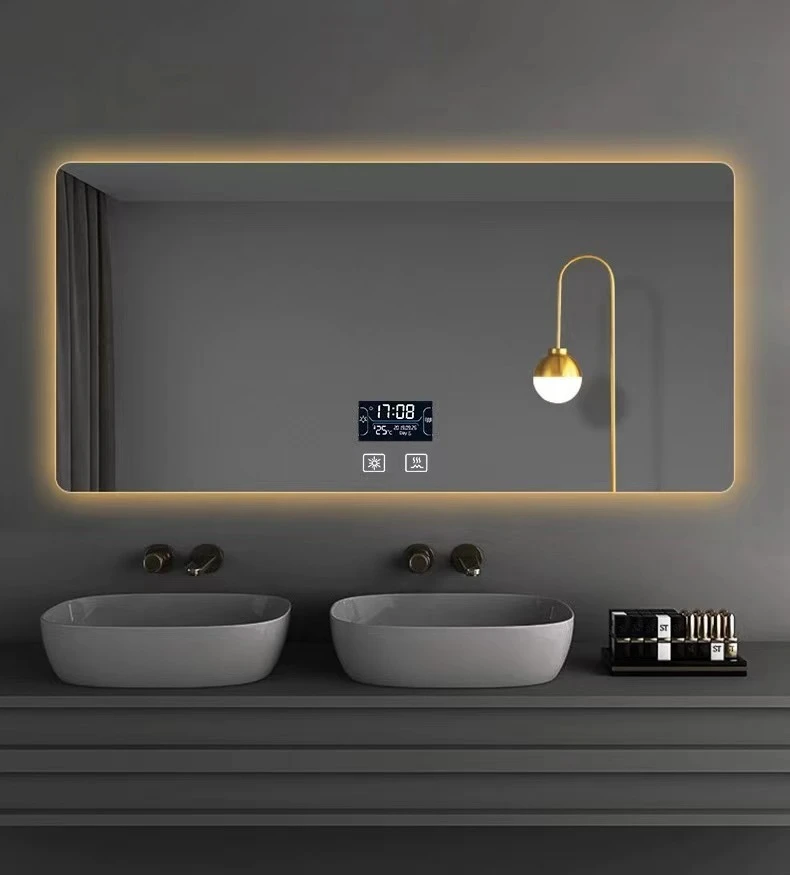

The Allure of Bronze Low E Glass A Modern Architectural Choice
In recent years, architectural design has evolved to embrace both aesthetics and efficiency, and one material that has captured the attention of builders, designers, and homeowners alike is bronze low E glass. This innovative glass combines functional benefits with a distinctive look, making it a favored option in contemporary architecture.
Understanding Low E Glass
Low E (low emissivity) glass is designed to minimize the amount of infrared and ultraviolet light that can pass through the glass without compromising the visible light that is allowed in. This is achieved by applying a thin metallic coating on the glass. The primary purpose of this coating is to reflect heat back into the room during the winter months while keeping the heat at bay in the summer. This property enhances the energy efficiency of buildings, leading to potential savings on heating and cooling costs.
The Appeal of Bronze Tint
Bronze low E glass is particularly appealing due to its warm, inviting hue. The bronze tint not only adds a sophisticated aesthetic to buildings but also serves practical purposes. It can reduce glare, enhance privacy, and complement a variety of architectural styles. The warm tones of bronze create a sense of harmony with natural landscapes, making it a perfect choice for residential homes, offices, and commercial buildings alike.
Benefits of Bronze Low E Glass
1. Energy Efficiency The primary advantage of bronze low E glass is its energy-saving capability. By reflecting heat during summers and retaining warmth in winters, this glass minimizes reliance on HVAC systems, thus reducing energy consumption.

2. UV Protection This type of glass effectively blocks harmful UV rays, which can fade furniture, flooring, and artwork. By using bronze low E glass, homeowners and business owners can protect their interior investments while enjoying natural light.
3. Aesthetic Versatility The bronze tint can harmonize with various materials used in construction, such as wood, stone, and metal. This versatility allows architects to incorporate bronze low E glass in diverse designs, from sleek modern buildings to rustic homes.
4. Enhanced Privacy The reflective quality of bronze glass can provide a degree of privacy without sacrificing natural light. This characteristic is particularly advantageous for urban settings where buildings are closely spaced.
5. Sustainability By improving energy efficiency, bronze low E glass contributes to a building's overall sustainability. As the world becomes increasingly focused on reducing carbon footprints, using energy-efficient materials is paramount.
Applications in Architecture
Bronze low E glass is utilized in various architectural applications, including windows, facades, skylights, and glass doors. Its use can be seen in both residential projects, such as single-family homes and condominiums, and commercial endeavors, including office buildings and retail spaces. The glass’s ability to create a cohesive look while providing the functional benefits makes it a preferred choice among architects and builders.
Conclusion
In a world where sustainability meets style, bronze low E glass stands out as a superior choice for modern architecture. Its energy efficiency, UV protection, aesthetic versatility, and enhanced privacy features make it an attractive option for various applications. As we continue to push for greener building practices, materials like bronze low E glass represent the future of construction—where beauty and practicality coexist seamlessly. Whether you are designing a new home or refurbishing an existing structure, considering bronze low E glass could be an excellent decision that adds value, comfort, and elegance to your space.